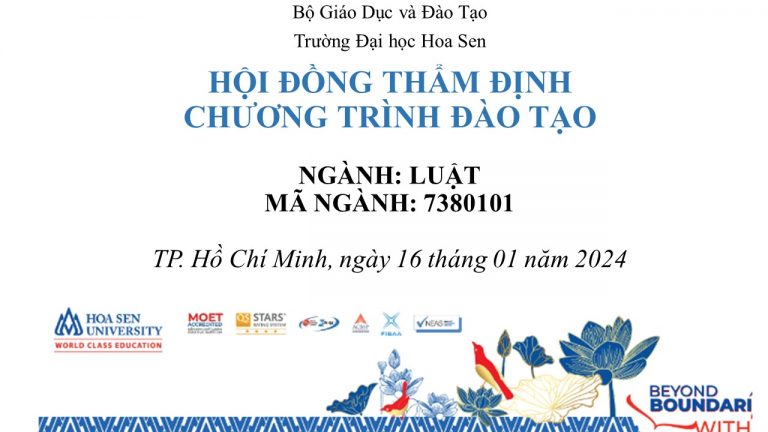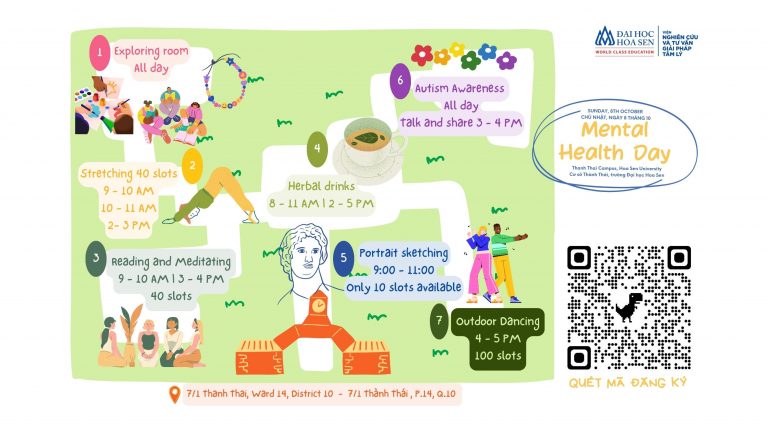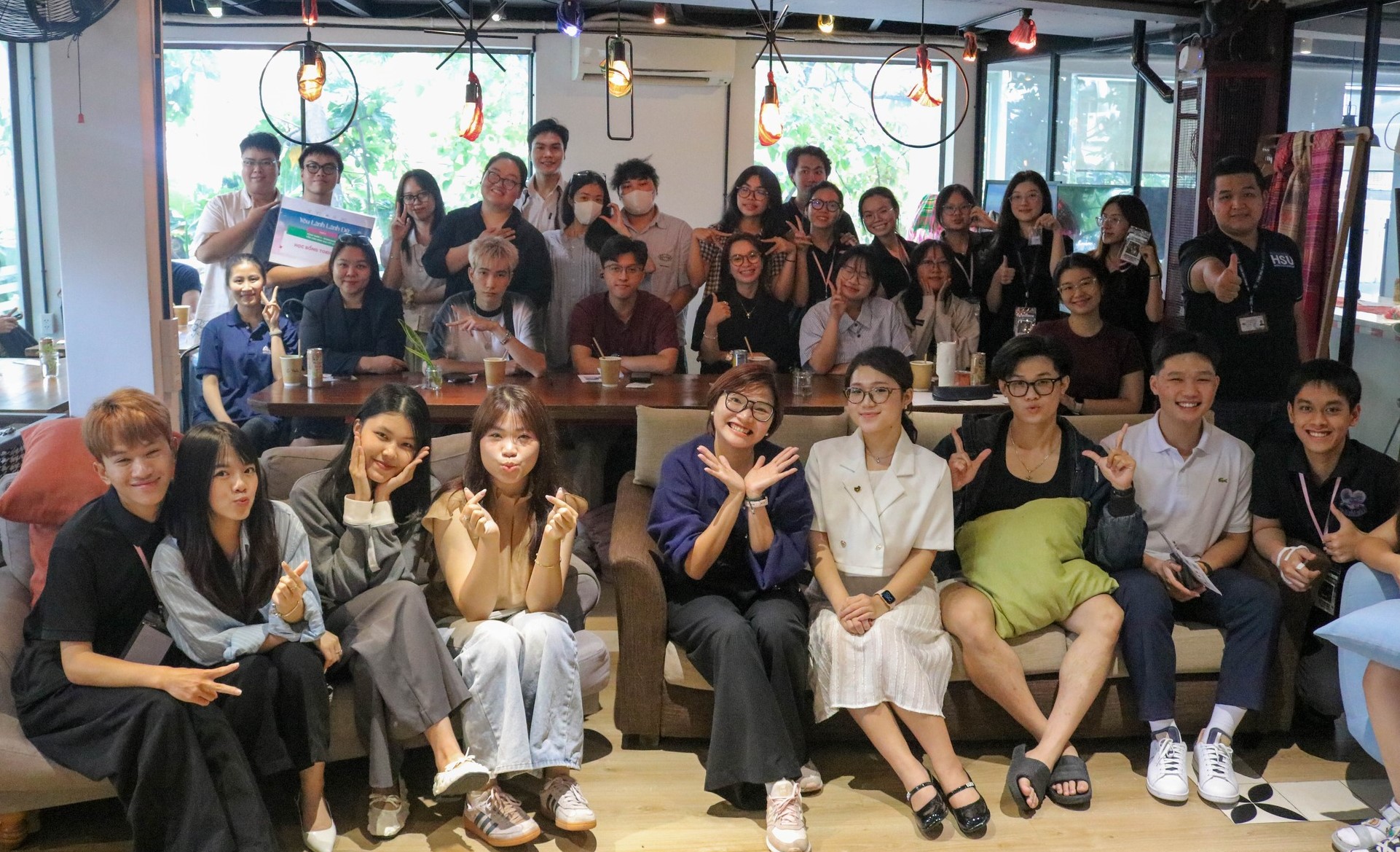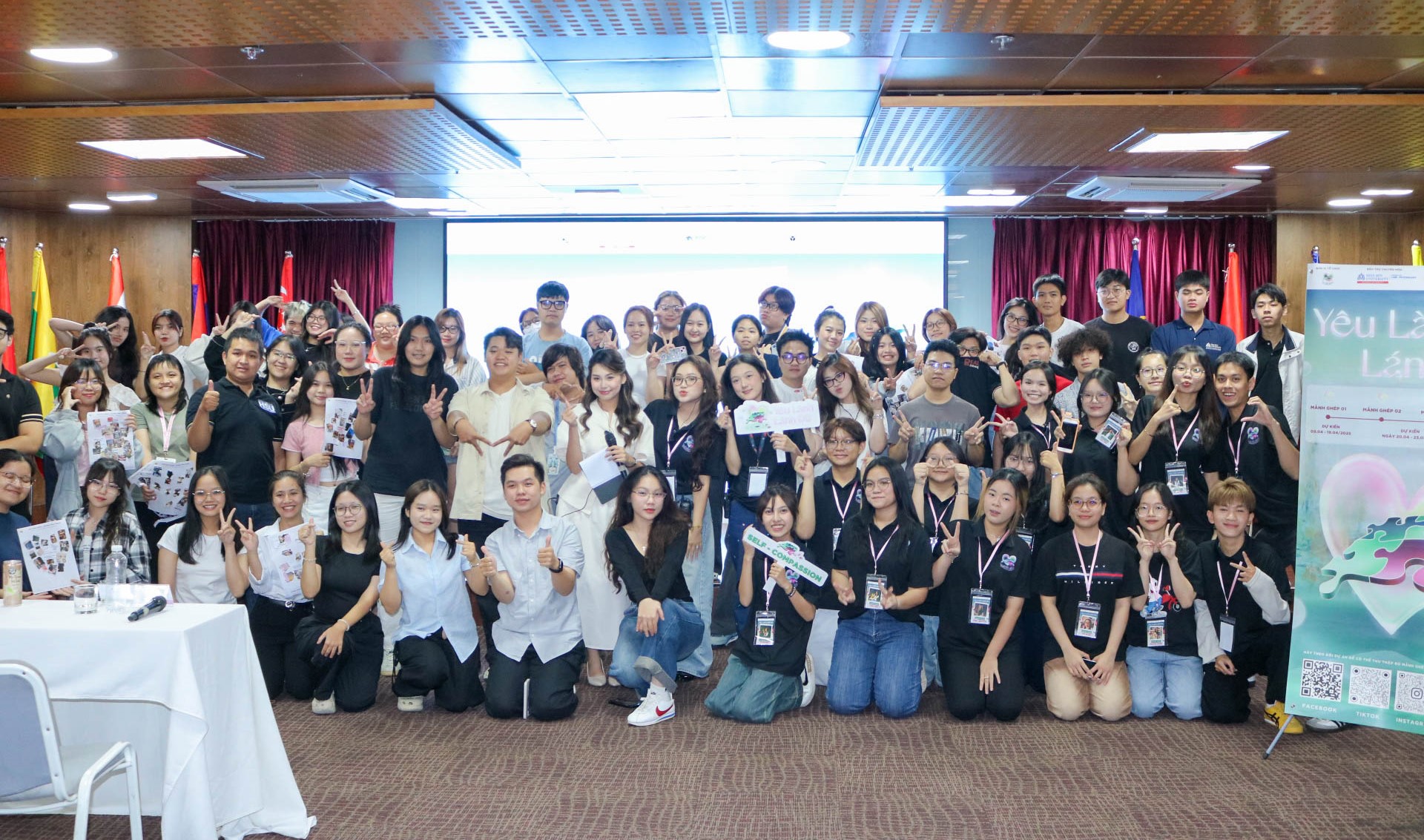WHAT’S WRONG WITH MERIT EVALUATION? WHY DOES ‘EQUAL’ TREATMENT NOT REWARD THE MOST DESERVING PERSONS?
Author/Author: Michelle Smith, Deakin University
Translator/Translator: Doan Thi Ngoc – Lecturer, Hoa Sen University

There is only one woman appointed among the 19 Cabinet members of Australia’s new prime minister, Tony Abbott. As a result, online forums have been abuzz with debate about gender representation in federal politics.
Several explanations have been offered as to why female Liberal MPs are still only “knocking on the door” for Cabinet positions. However, some also denied any problem with the new foreign minister, Julie Bishop, being the only woman in the front seat.
One of the most frequent excuses used to explain the Australian parliament is that having a male majority is due to “merit or ability”. According to merit logic, the person who demonstrates the highest qualifications for a job should be selected for a university position or even a federal Cabinet position, regardless of other factors. any other.
This sounds fair on the surface. A person who has worked hard and demonstrated qualities that are superior to all other candidates will be successful. The problem with the idea of merit here is that it assumes that everyone has an equal chance of success. The movement towards formal equality through
anti-discrimination laws have created the impression that there are no barriers to participation for women, Indigenous peoples, LGBTQ people, people with disabilities, and people of color in the workplace and public life.
For example, the Commonwealth’s Sex Discrimination Act (1984) banned job advertisements for “men”, “boys”, “women” or “girls”. It stipulates that women can no longer be paid lower wages for performing the same duties as men and also seeks to protect women from being fired during pregnancy.
The metaphor of a running race is often used when comparing models of equality. Formal model, which people cite when they discuss the value and “the best person for the job”, seeing all the competitors take their places on the same starting line.
It does not allow for whether some of these symbolic athletes may have trained at the Australian Institute of Sport with access to elite coaches and equipment, while other competitors may have come line after being self-trained and having no running shoes to wear. The second competitor is at a disadvantage in this “fair” race. However, what if he or she has the potential to be the fastest if given access to the same resources? A real-life example of how the formal equity model fails is in the
case of Indigenous participation in higher education. All Australian high school students can sit their Year 12 exams and apply to university. However, Indigenous students in remote locations in particular do not have the same financial resources, school facilities, and community circumstances to support them to excel.
A strict application of the concept of achievement fails to take into account the disadvantages that Indigenous students face compared to inner-city children in private schools. To achieve equality of outcomes – or substantive equality – we must abandon notions of merit, and ignore social disadvantages, and barriers that can prevent equally good candidates. each other or better join the race. Some people find the concept of unequal treatment through quotas, or special entry mechanisms, objectionable and unfair, but it is important to recognize the unfairness of the assumption of a single line. comes from the equality inherent in the concept of capacity.
When universities encourage the enrollment of Indigenous students, even if the grades students achieve in school do not meet conventional requirements, they are not simply penalizing students who have demonstrated “competence.” -merit”. Instead, they are working to overcome the systemic disadvantage that leads to inequitable outcomes (poor Indigenous representation in higher education).
When political parties act to combat the underrepresentation of women, as in the example of the Labor Party-linked group EMILY’s List, which has sought to increase the number of female candidates since 1996, or the proposed Foundation 51 initiative to develop and recruit Liberals, not necessarily men of “merit” to these positions, but rather, acknowledge the cultural and social reasons that make it more difficult for many women to participate in politics.
That means admitting that the race is seeing most women start with a huge handicap and that some of our “best” candidates may be confined to the field. these positions, unless we work toward equality of outcomes. Australia is a country sympathetic to the concept of “fair go”. Therefore, we must realize that achieving a position on “merit or merit” does not mean that there aren’t better candidates out there who are similarly underprivileged and deprived of opportunity.
The Conversation newspaper and author Michelle Smith, Deakin University allowed Gendertalkviet to translate into Vietnamese and post the full text. On behalf of the Gender Talk Editorial Board, we would like to send our sincere thanks to the Author and The Conversation Newspaper for allowing us to republish the full text. The contributions of The Conversation Newspaper and the author are very valuable and meaningful.
Original link: https://theconversation.com/whats-wrong-with-merit-why-equal-treatment-does-not-reward-the-most-deserving-18317
Vietnamese link: https://gendertalkviet.blogspot. com/2023/06/co-gi-sai-not-with-view-anh-gia-cong.html

















